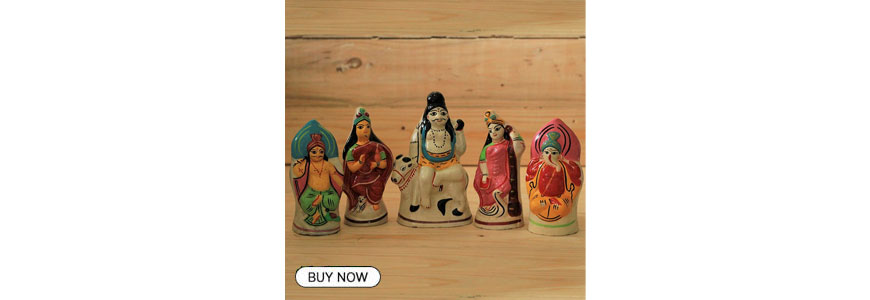Women of the Sundarbans Revive Lost Patachitra Art Amid Monsoon Struggles – GetBengal story
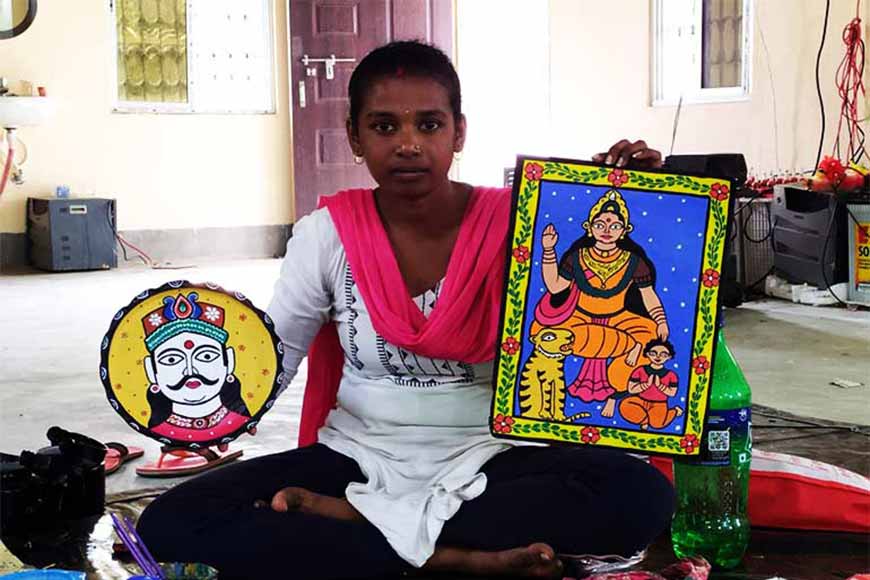
The Sundarbans during the annual monsoon (June–October) season are a nightmare for most locals. During the rainy season, residents have to plod through damaged river embankments and walk on slippery, muddy paths with the constant fear of poisonous snakes, crocodiles, and other wild animals lurking in the vicinity.
Survival is a daily battle for the people of the Sundarbans, whose source of livelihood is fishing and honey collection. Villagers fall prey to Royal Bengal Tigers when venturing into the forest for honey or get caught by crocodiles while fishing. Besides cyclones, tides also pose a major threat as islands disappear and reappear with the rise and fall of the water level.
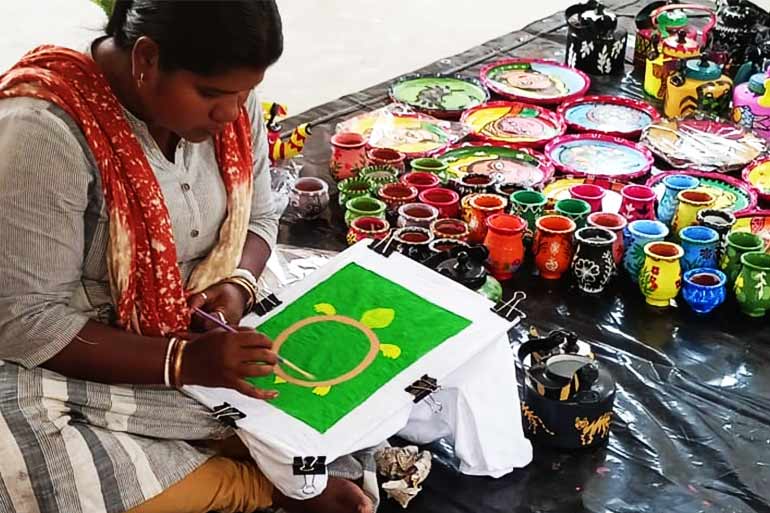
Smrikona Mridha Mondal is undaunted by all these challenges. Every day, she walks for an hour from her village, Dayapur, to reach the ferry terminal. She takes the ferry to Pakhiraloy Range Office, carrying her one-and-a-half-year-old son on her lap or tying him securely on her back, along with her packet containing paper sheets, colours, and painting brushes. During this long and arduous journey, she gets the opportunity to observe the natural environment around her, capturing the myriad colours, forms, and shapes.
But she isn't the only one who travels to the Pakhiraloy Range Office like this every day. In fact, there are 14 others like her: Pooja Sardar Roy or Suparna Gharami Mridha, who are familiar faces at the Pakhiraloy Range Office under the Sajnekhali Range of Gosaba Block. They all congregate at the range office from adjoining villages like Gosaba, Pakhiraloy, Dayapur, Dulki, and Sonargaon. For them, this office building is like a dream factory, where they find the liberty and space to rediscover themselves and give wings to their dreams and aspirations.
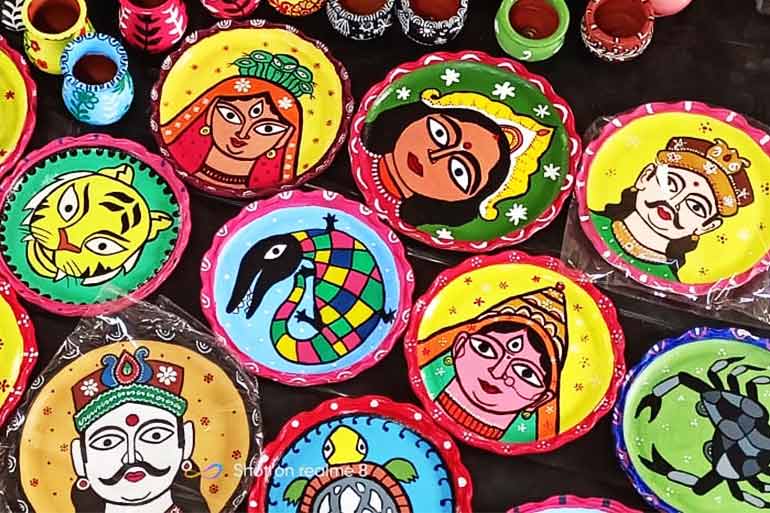
Kolkata Society for Cultural Heritage (KSCH), a city-based non-profit voluntary organisation in association with the Forest Department and the Government of West Bengal’s Sundarban Tiger Reserve, jointly initiated an effort to create alternative occupations for the women of this remote area and make them self-reliant. The entrepreneurs decided to revive the unique Patachitra tradition of the Sundarbans, the lost art form of this low-lying region.
Patachitra, an amalgam of the Sanskrit words “pata” for canvas and “chitra” for picture, resonates through time. This ancient form of cloth-based scroll painting is believed to have originated in the 12th century and is one of the oldest and most famous living art forms. Patachitra, a revered folk art form of Bengal, has deep roots in the region’s cultural ethos. The Patachitra artists, known as chitrakars or patuas, predominantly made icon paintings based on Hindu mythology and traversed villages with their scrolls, captivating audiences with narratives that ranged from ancient mythologies to contemporary social sagas.
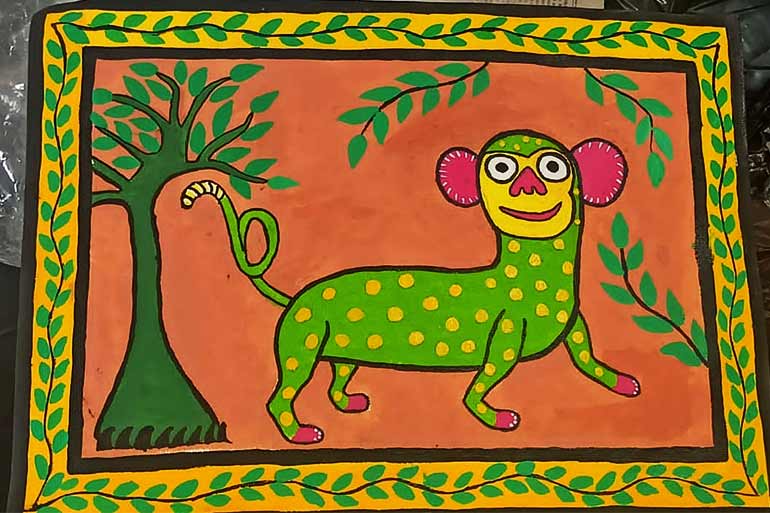
While the patachitras of Kalighat and Midnapore have garnered renown, the Sundarbans, with their dense mangrove forests and elusive tigers, once boasted their own vibrant tradition of scroll painting. The mangrove delta's geographic location and lack of a viable business source, however, might have contributed to its downfall. Sundarban artisans gradually gave up on Patachitra as it did not fetch them a sustainable livelihood, mainly due to the absence of royal patronage in this region, unlike in other districts, such as Midnapore, where the royals rewarded and appreciated this art form. It eventually disappeared from the Sundarbans.
The revival of Sundarban's patachitra, or Chitro Pot, symbolises a resurgence of an ancient form of art and an inspiring story of empowerment and economic independence for women in the region. Smritikona and her band of friends have taken it upon themselves to breathe new life into this fading tradition. The world will get an opportunity to discover the legends associated with Bon Bibi (a legendary guardian spirit of the forests and venerated by locals), Gazi Pir (a holy Sufi saint, worshipped by both Hindus and Muslims), Ma Manasa (the goddess who controls snails and other creepy, crawly creatures), Dakshin Ray (the Royal Bengal Tiger), and many more. Colours that complement a forest region, such as green, are extensively used in Sundarban’s Patachitra, unlike in Midnapore, where red is prominent due to the presence of red laterite soil there.
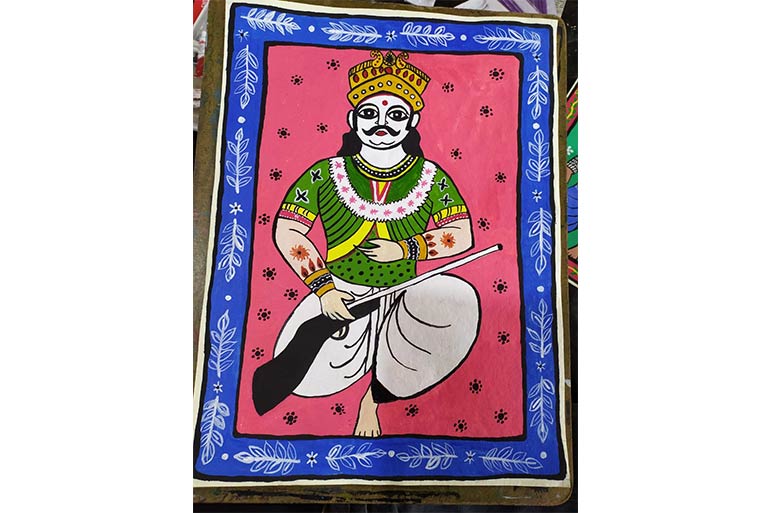
Sourav Mukherjee, the founder and director of the Calcutta Society for Cultural Heritage, said, "Documents and books related to the Sundarbans patas can be found in the National Library. These are some of the primary aids in this research. Moreover, former Potuas living in the villages provided vital information and details about the patas. Their input boosted the project. The patas of the Sundarbans are very different from the ones created by artisans in Pingla, West Midnapore, or other parts of the state. The subjects of the patas reflect the land's own culture. Water, jungles, heavenly deities like Mansa, Banbibi, Dakshin Rai, tigers, crustaceans, crocodiles, and fish—all crowd the Sundarban pata canvases.
Participants congregate at the range office as classes start at noon daily and continue till 3 pm, at a stretch. This gets a little hectic, but keeping in mind the safety of the participants, the organisers have to curtail the time. Women come from different villages and have to travel far to join the training camp. Once evening descends, wild animals come out into the open, and that can lead to unnecessary friction. Therefore, classes are over well before dusk.
Life for the women of the Sundarbans is far from easy. They work tirelessly from dawn to dusk. They do not have the privilege to sit back and relax. During the harvest season, they go out with the male members of the family to help them harvest, then take care of a thousand household chores, including tending to sick children, senior members of the family, or neighbours. They continue non-stop, traversing through rough terrain. There are times when they have nothing to eat, but they never complain. Nothing can stop them from attending the patachitra camp. However, initially, it wasn't easy for the participants to convince their families to join the workshop. There was strong resentment from family, neighbours, and villagers who did not want their women to learn anything.
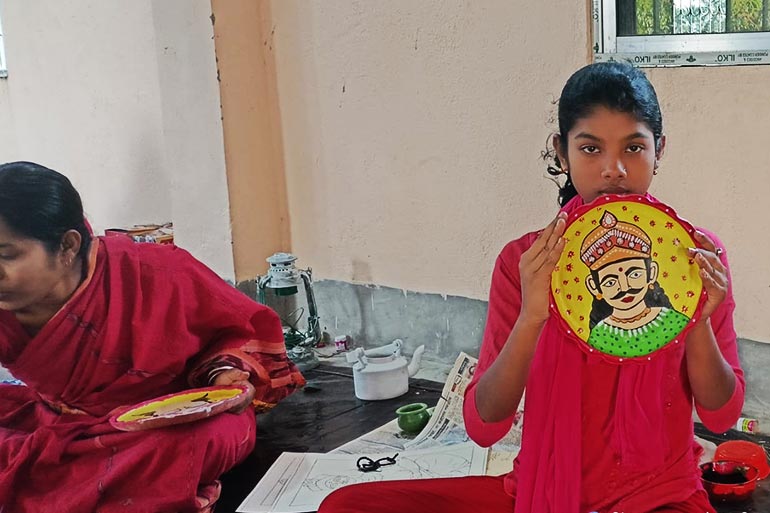
At the beginning, the women were quite scared. A few of them had never even held a paintbrush in their hands before. They even expressed their fear of failure, but their teacher’s assurance gradually pacified them, and they started on their new journey.
Under the guidance of seasoned artist Chinmoy Mukherjee, these women created their own universe and have learned to express themselves freely.
Apart from patachitra, Mukherjee has also created artwork on recycled glass bottles, clay cups, vases, T-shirts, and other items, which were displayed and bought by art enthusiasts at exhibitions. This year, there have been two exhibitions—one in the city and one at Sajnekhali. Preceding Durga Puja in the Netherlands is the planned date of the third show. The Sundarban patuas' paintings and relics will be on display. The artwork will also be used to adorn a mandap for Durga Puja in the Netherlands.
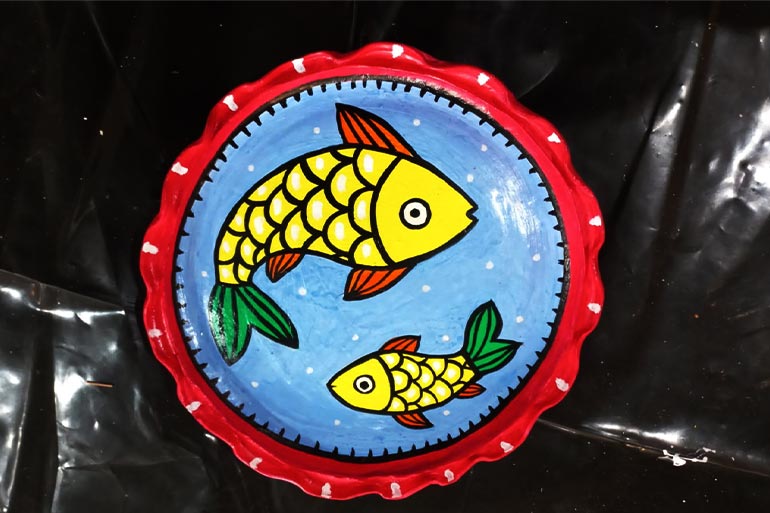
In the last two decades alone, tropical cyclones such as Sidr in November 2007, Aila in May 2009, Fani in May 2019, Bulbul in November 2019, Amphan in May 2020, Yaas in May 2021, and Sitrang in October 2022 have wreaked havoc on the lives and livelihoods of coastal communities in the Sundarbans. Smritikona and Nandini have faced the vagaries of nature.
While out fishing or gathering honey, several of these women have lost loved ones. The arrival of colour has dramatically changed their bleak lives. These women, who underwent intense training sessions in 2022 and 2023, have become the future torchbearers of their cultural legacy.
Image Courtesy : Chinmoy Mukherjee







